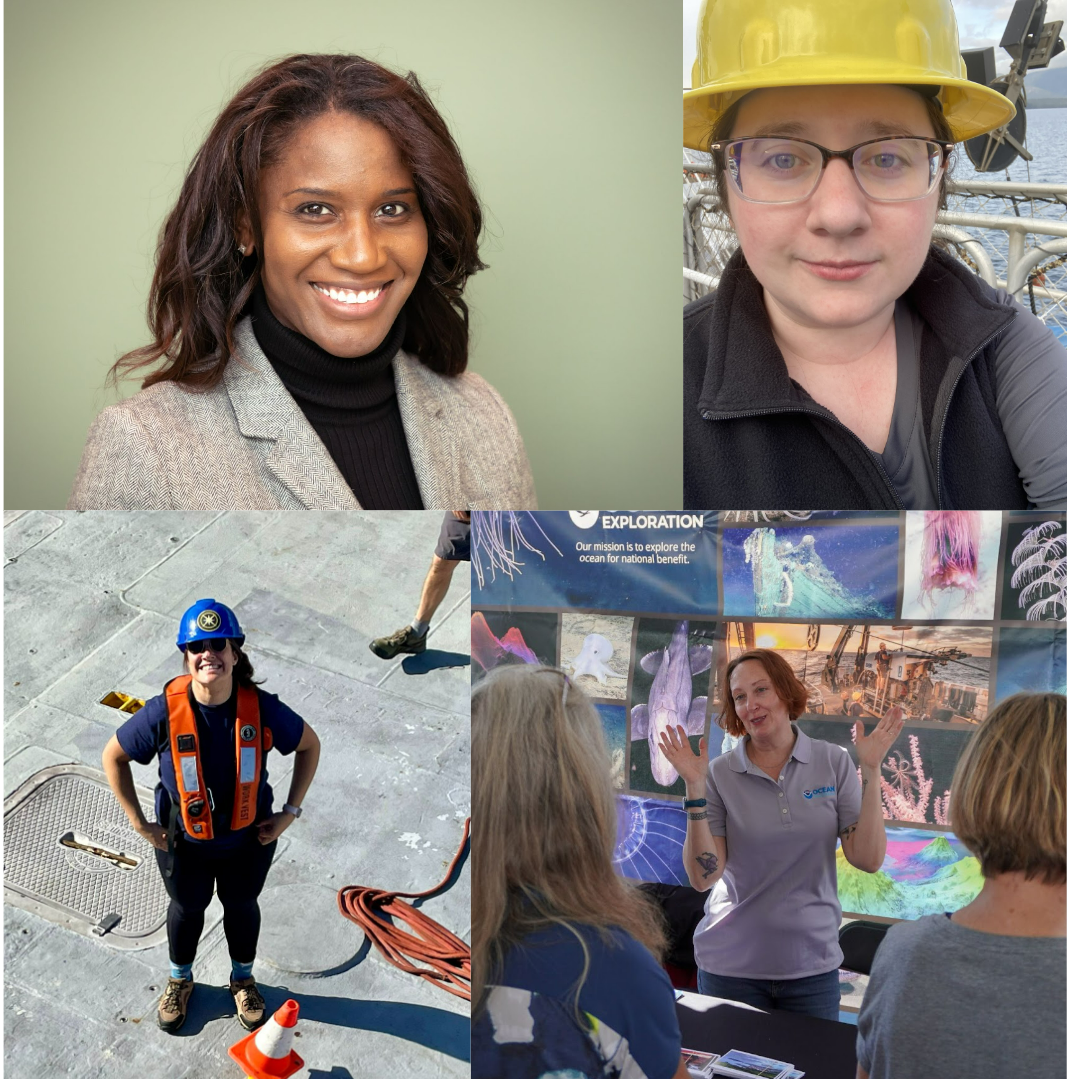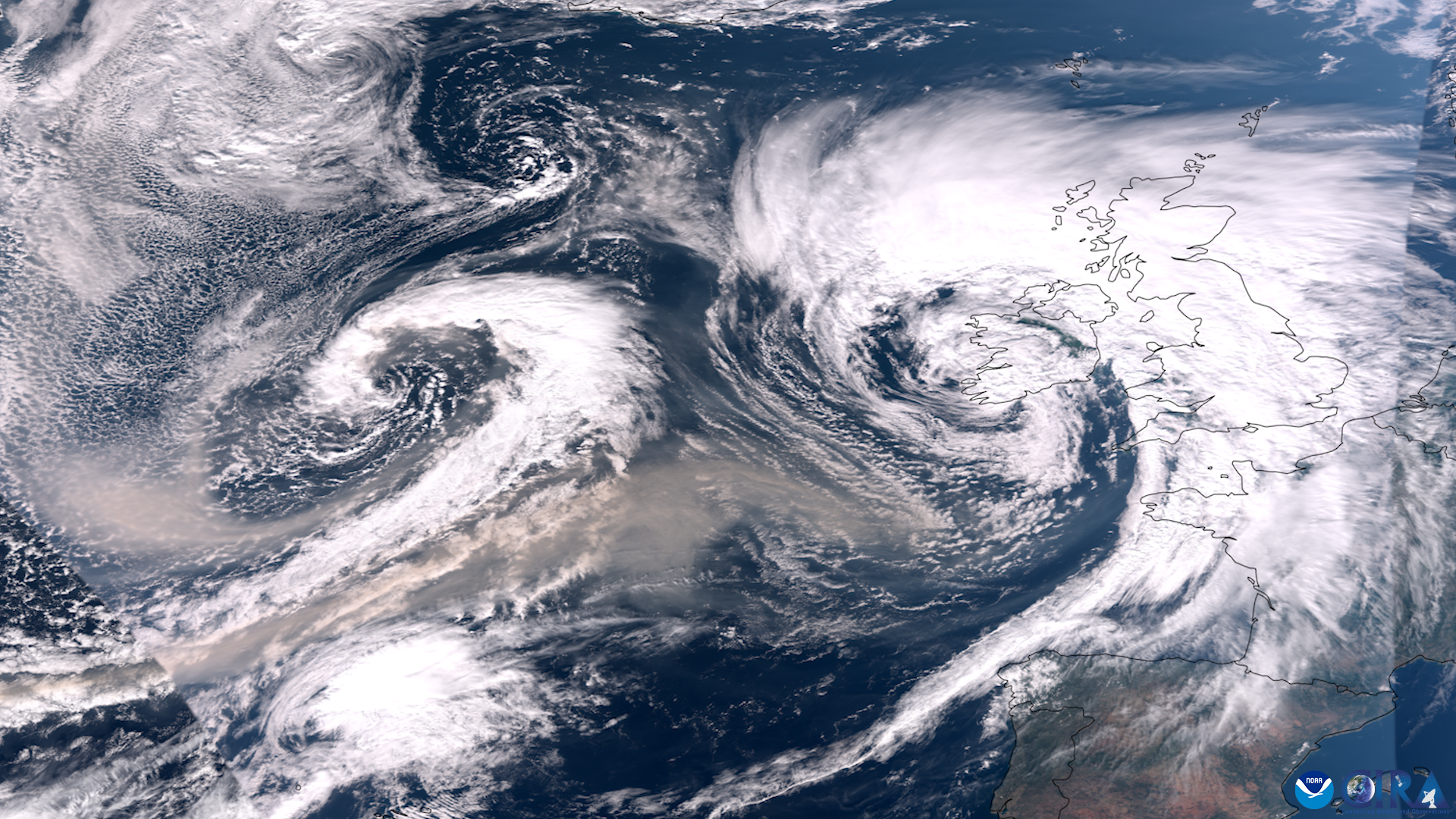The NOAA Office of Ocean Exploration (OER) has released the NOAA OER Deepwater Exploration Mapping Procedures Manual to describe the office’s approach to deepwater ocean exploration acoustic mapping. OER is sharing this manual as a contribution to broader cross-agency efforts to develop standard ocean mapping protocols and to serve as a guide for other interested public and private entities conducting deepwater mapping and exploration.
With less than 20% of our world ocean’s seafloor mapped to modern standards, seafloor mapping is a national and international priority. As emphasized by the U.S. National Strategy for Mapping, Exploring, and Characterizing the United States Exclusive Economic Zone and Seabed 2030, the monumental task of mapping the seafloor requires a collective, coordinated, and collaborative approach.
For more than 10 years, OER has been conducting exploratory mapping operations throughout U.S. waters and in other parts of the world’s ocean aboard NOAA Ship Okeanos Explorer. Based on this experience, OER produced this first-of-its-kind manual for ship-based exploratory ocean mapping operations deeper than 200 meters (656 feet).
The manual details the principles of exploration mapping that underlie OER’s mapping operations and describes methodologies for data acquisition, processing, reporting, and archiving. It will be reviewed annually and updated as needed based on changes in technology or methodologies.
Download the manual here.
The new manual is another example of NOAA’s increased efforts that advance ocean science and new technology, help fully map the nation’s Exclusive Economic Zone and strengthen the American Blue Economy, which includes sustainable seafood production, tourism and recreation, ocean exploration, marine transportation, and coastal resilience.
The manual will support the recent Presidential Memorandum on Ocean Mapping in the U.S. Exclusive Economic Zone and Shoreline and Near Shore of Alaska and the goals announced at the November 2019 White House Summit on Partnerships in Ocean Science and Technology.
As the only federal program dedicated to ocean exploration, the NOAA Office of Ocean Exploration and Research is leading national efforts to explore our ocean and making ocean exploration more accessible by filling gaps in the basic understanding of the U.S. deep waters and seafloor. Using the latest tools and technology, OER explores previously unknown areas of our deep ocean, making discoveries of scientific, economic, and cultural value to strengthen the economy, health, and security of our nation.
For more information, please contact Monica Allen, director of public affairs for NOAA Research, at monica.allen@noaa.gov or 202-379-6693.



